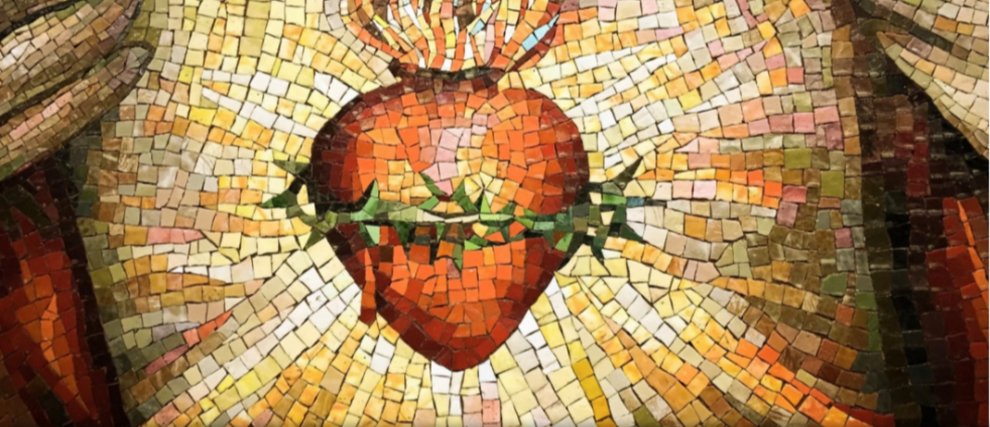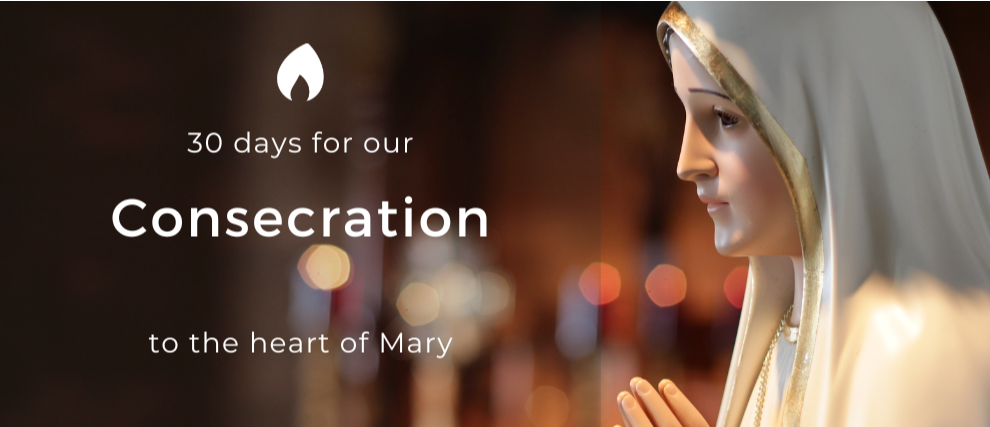Meaning and History of the Nativity Scene
The nativity scene is one of the beautiful Christian traditions that allows you to prepare for the feast of Christmas, December 25. Especially appreciated by children, it allows you to pray as a family while contemplating the events surrounding the birth of Christ.
Discover the Christian meaning of the nativity scene and its history; thanks to a beautiful prayer, pray as a family with the nativity scene!
What is the meaning of the Nativity Scene?
What is called the “nativity scene”?
The term “manger” refers to a feeder for animals. According to Christian tradition, the cradle of the child Jesus was a manger, in the heart of a stable in Bethlehem.
When we speak of "Christmas nativity scene", we refer to the scene of the birth of Jesus, recounted in the Gospels: “She wrapped him in cloths and placed him in a manger, because there was no guest room available for them.” (Luke 2:1-14).
Having become a Christian tradition over the years, the nativity scene is the staging of the events surrounding the birth of Jesus, using a decor and figurines, called santons. They are installed from the first Sunday of Advent until February 2, the date of the presentation of Jesus in the temple.
The Christian tradition of the nativity scene
The nativity scene is built with a miniature stable in which are placed carved figures - the santons - representing Mary, Joseph, the child Jesus, the shepherds, etc. Some nativity scenes are decorated with decorations and animals such as the donkey and the ox, the inhabitants in traditional clothes, the buildings of the surrounding villages (mill, houses, etc.).
The setting often consists of a hill, a river and a bridge, with the presence of a fauna and a flora characteristic of the place and the time (sheep, olive trees, etc.).
All the extras of the nativity scene are on their way to the stable, itself surmounted by the Star of Bethlehem, testifying to the good news: the birth of the Savior!
What is the meaning of the family nursery?
The manger of Christmas gives us to contemplate the scene of the birth of Jesus, who took our human condition in every point, becoming a little child in the manger, poor among the poor.
It allows us to reflect as a family, each day during the time of Advent, and to meditate around the great mystery of the incarnation.
Pope Francis, in his Apostolic Letter Admirabile Signum, explains the meaning of the Nativity Scene as follows: “The nativity scene is part of the gentle and demanding process of transmitting the faith. From childhood and then at every age of life, she teaches us to contemplate Jesus, to feel the love of God for us, to live and to believe that God is with us and that we are with him, all children and brothers thanks to this Child who is Son of God and of the Virgin Mary. [...] At the school of Saint Francis, let us open our hearts to this simple grace and let a humble prayer emerge from wonder: our "thank you" to God, who wanted to share everything with us so that we would never be left alone."
The history of the feast of Christmas
The first living nativity scene
While the first representations of the birth of Jesus date from the 3rd century (frescoes and bas-reliefs), it was only on the night of Christmas in the year 1223, that Saint Francis of Assisi created the very first nativity scene of Christmas. He then invents a living nativity scene, composed of actors staging the biblical story of the birth of Jesus.
As a result, the living nativity scenes of Christmas were developed in Europe, under the theology of the Jesuits and Franciscans, who used this means as a support for the catechism, especially among illiterate populations. Nativity scenes using large earthen or wooden figurines also appeared at the end of the 13th century: the oldest wooden nativity scene was found in 1252 in a Franciscan monastery in Bavaria.
From living nativity scenes to "static" nativity scenes
From the fifteenth century, nativity scenes identical to those we build today developed. Serving as a support for popular piety, these nativity scenes gradually adorn the churches during the celebrations of Christmas, then find their place in the houses, mainly among the nobility or the upper bourgeoisie. These are sumptuous nativity scenes in a baroque style, featuring refined figurines.
The Apparitions of Fatima
After the French Revolution, during which any form of public representation of the birth was prohibited, nativity scenes appeared in homes. The famous Provencal nativity scene with its traditional santons dates from this time.
Today, the nativity scene has become a tradition that is deeply rooted in families!
Prayer to Jesus at the Nativity Scene
“Jesus, we are like the shepherds who came to visit you when you were a newborn baby lying in a manger. Today, you have before you shepherds of all ages, young and old, but all are called to welcome you in a child's heart.
You are present in our house. We too have heard the Good News of your coming: you are present in each of us, so this Christmas give us a burning heart.
Jesus, since you were born in an animal feeder, you can therefore be born in our hearts, even if they are not yet perfectly in order, even if all the preparations are not finished. Nothing can separate us from your love.
Lord, in your birth as in your passion, you present yourself to us fragile and stripped. You really put yourself within our reach to lead us towards the infinite love of our Father.
The shepherds heard the singing of the angels: "Glory be to God and peace on earth to the men he loves". It is to us now that you entrust the task of making the song of your peace heard for all the men you love.”
Prayer of the parish of Notre-Dame de Clermont
Pray around the Nativity Scene with Hozana!
The nativity scene is a beautiful place to meet with your family, to pray, to meditate on the mystery of the birth of the child Jesus! Find Hozana's invitations to walk throughout Advent towards Christmas!
- At the foot of the nursery, with the witnesses of the story of Christmas!
- to get their protection.

